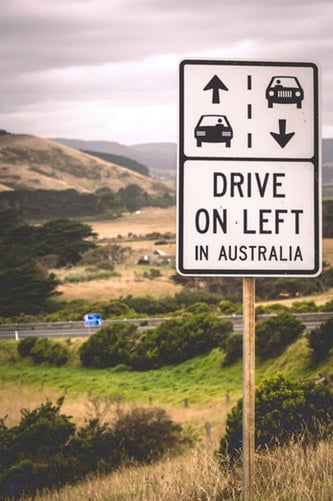 Driving abroad – local legal requirements and rules for expats
Driving abroad – local legal requirements and rules for expats
So you’ve moved somewhere new. You’ve packed, you’ve travelled, you’ve unpacked and then you’ve probably settled into temporary housing, but you won’t be there for long. Soon you’ll move into your extended stay accommodation and finally move into your new home.
While those who move to bigger cities might find better use of public transport, others will prefer driving. Here are some insights on driving rules from around the world that might help hitting the roads that much easier.
Driving in the UK
Depending on where you come from, driving in the UK might mean you have to drive on “the wrong side” of the road. While the law doesn’t require any additional practice for you to be able to switch sides, it can be very tricky to wrap your head around it, trickier than you’d expect. However, it only takes a week or two for it to feel absolutely normal, except in some occasions, when you are in a hurry, get into the passenger seat and find yourself staring into the empty space where the wheel should be.
If you hold an EU driving licence you can drive in the UK freely, however, if you have an international driving licence, then you have 12 months from the moment you enter the country or the moment you become a resident to apply for a provisional driving licence and take a theory and practice test.
MOT (annual virtual safety test) and insurance is a must in the UK. It is a bit tricky to find insurance companies that accept the international driving licence, but there are some.
Driving in the USA

It changes from state to state so you should always double check before driving on the roads when you get to your location. Some states require only a valid driver’s licence, while others require an International Driving Permit in addition to your original driving licence. It is always a good idea to check with the local authority to learn more about getting this permit and make sure you do so before the trip as the US does not issue IDPs to foreign visitors.
If you are just visiting, and renting a car, ask the rental company to give you more information. If you’re a resident, you might be eligible to apply for a state driver’s licence, but again you have to check with the state you live in as regulations differ. As to how to obtain the licence and what kind of exams it will involve, check with local authorities.
 Driving in Australia
Driving in Australia
Laws differ in Australia from state to state, however, most states, with the exception of the Northern territory allow visitors to drive as long as their licence is currently active. You can only drive vehicles that your licence authorises you to drive, meaning if you have an automatic only driving licence, you cannot drive a manual car. It is important to follow all the conditions of your overseas licence. Some states would require you to carry an international licence with your current foreign one, others will accept an official translation of your foreign driving licence.
It is always important to get in touch with the local authorities of your destination, just to make sure you understand and can follow the rules ensuring a smooth transition into driving around Australia.
Driving in the EU
Driving in the EU is fairly easy. The list of countries whose driving licence is recognised in the EU is fairly long and you can drive freely between all EU countries. If you are moving to the EU from an outside area, you should check the laws of the country you move to for clarification.
Most countries will let you simply exchange your current licence for an EU licence if you live there legally and your licence comes from a recognised country. You will have to follow a few administrative formalities, but once your licence is exchanged, you are free to drive in other countries with your EU licence.
Sometimes this can change is if you move to another EU country so you should always check to see if your exchanged licence is still eligible. If not, you might have to renew it.
And finally, no matter the country or the length of your stay, make sure you meet general highway safety rules. Don’t speak on the phone, make sure underaged kids are safe and have a lovely journey.



 Driving in Australia
Driving in Australia
Comments are closed.